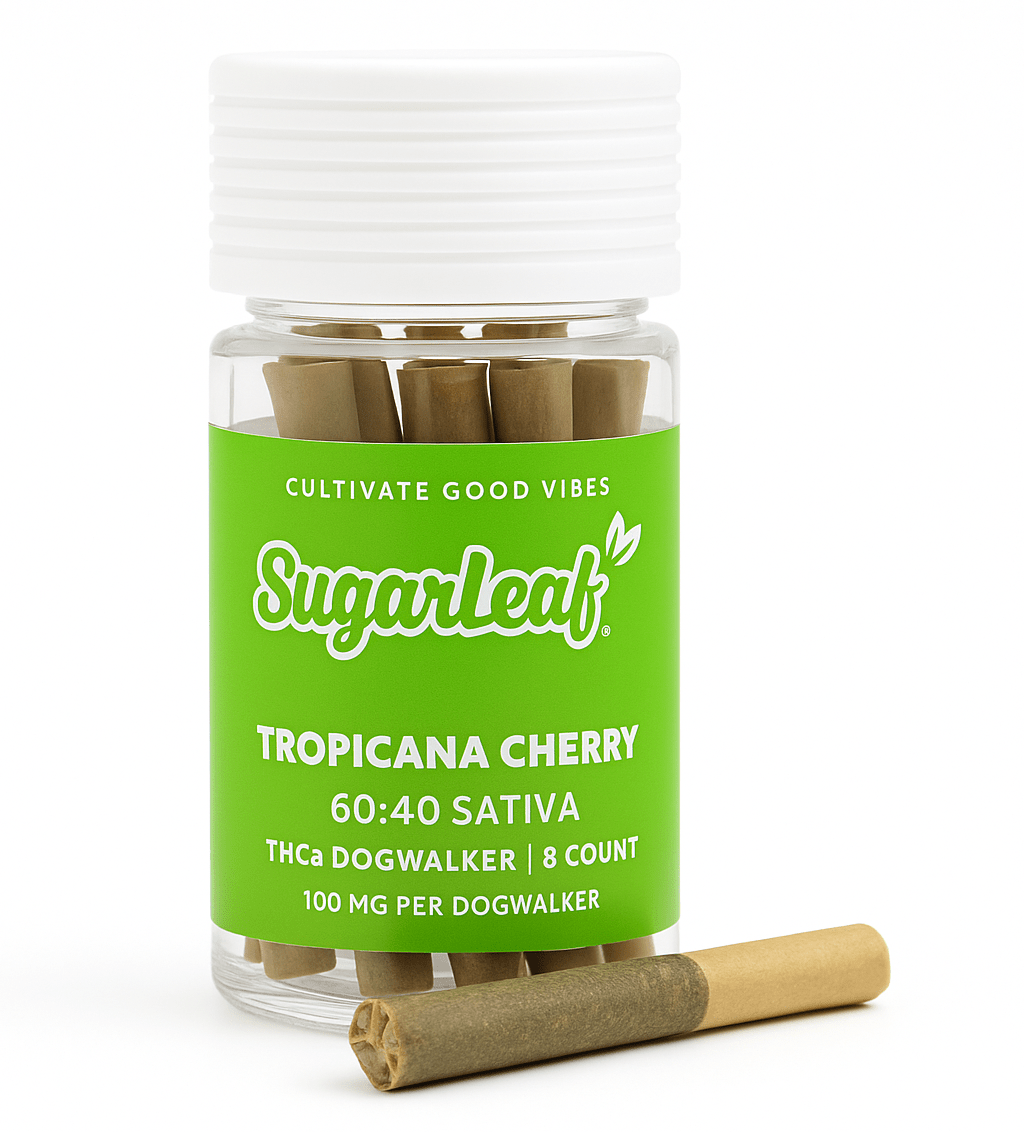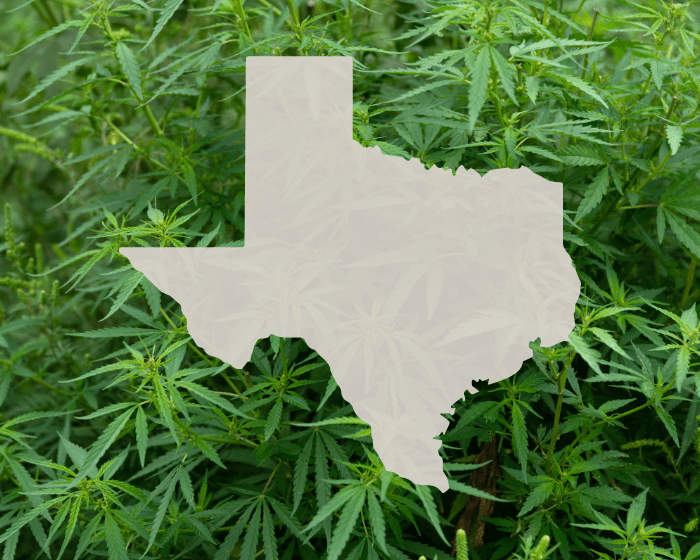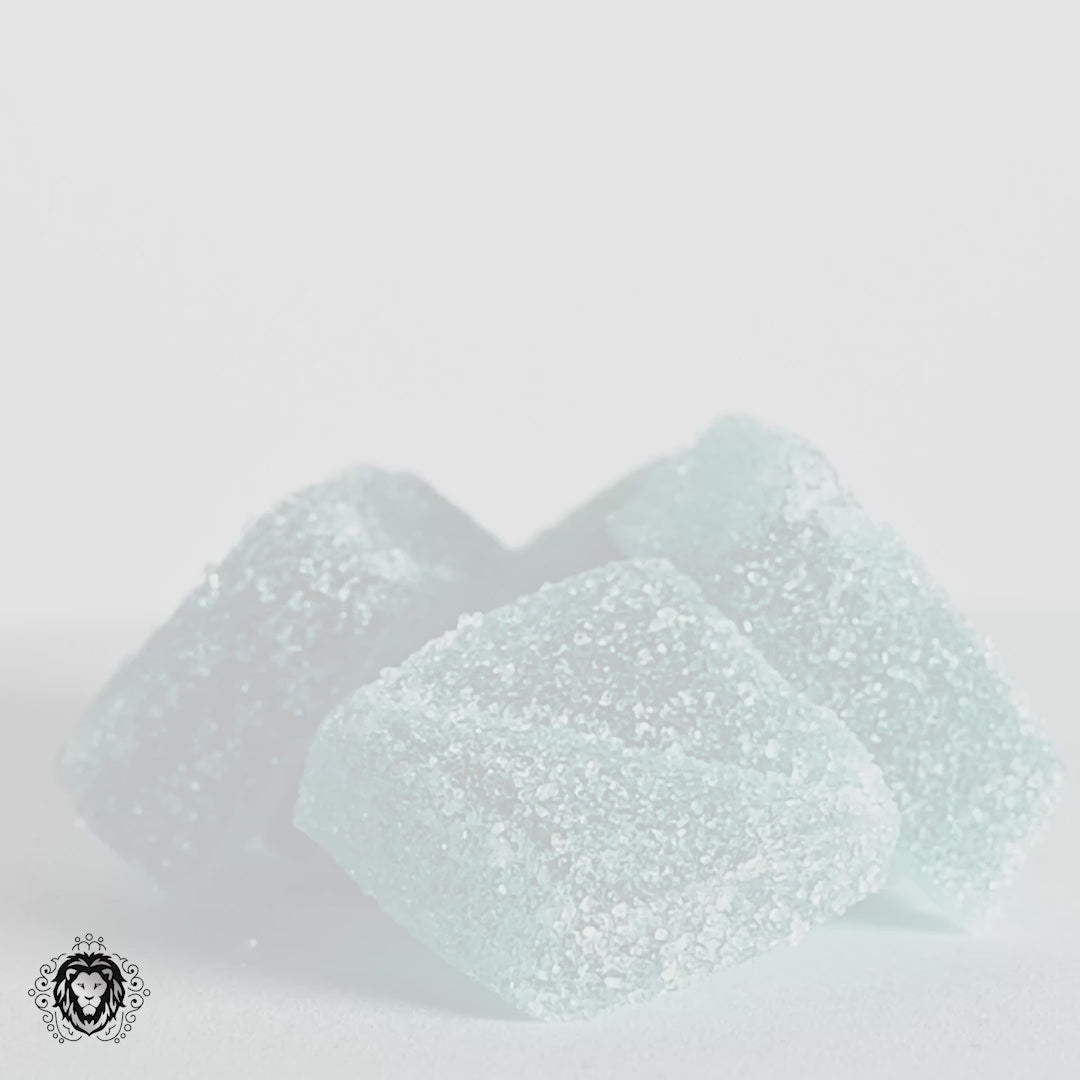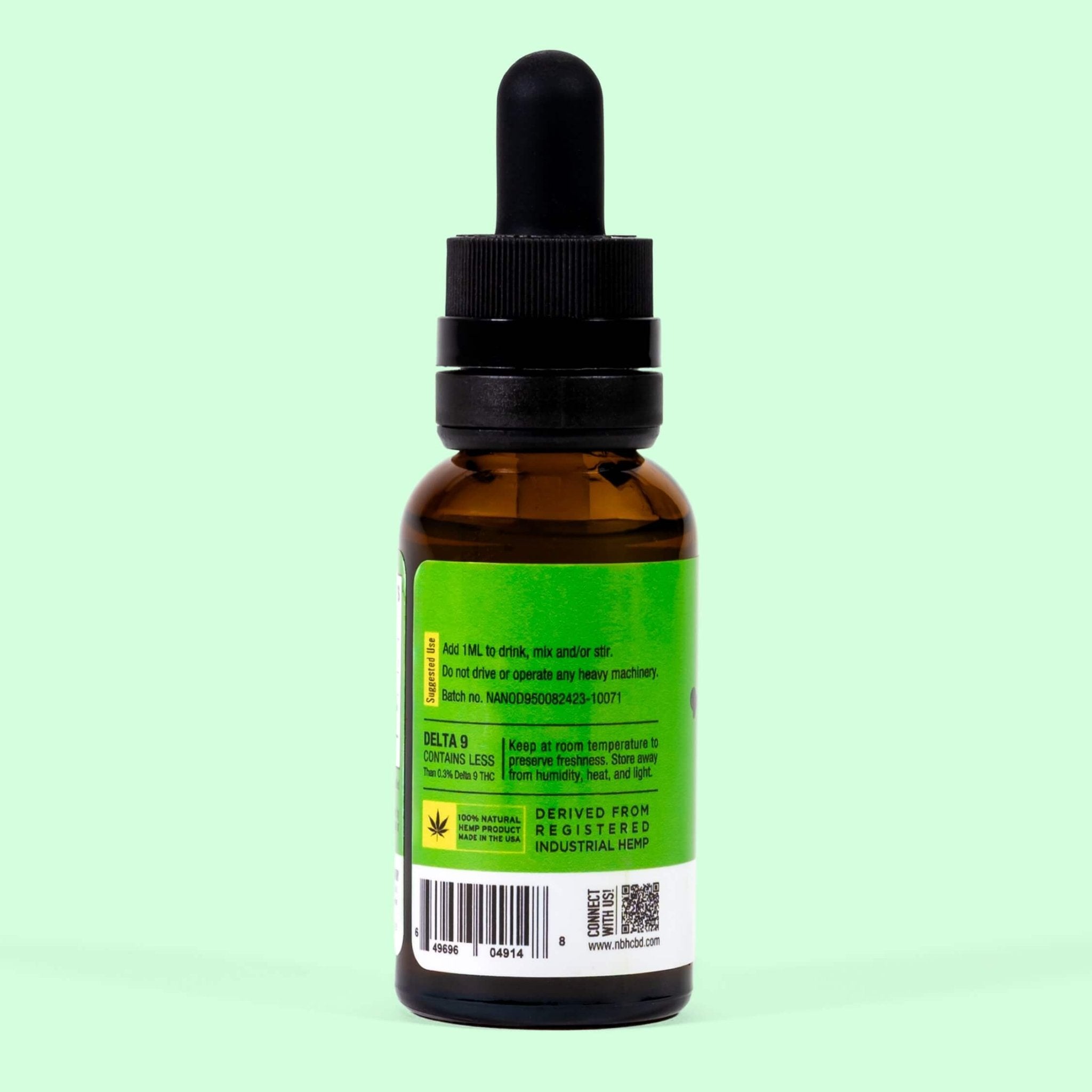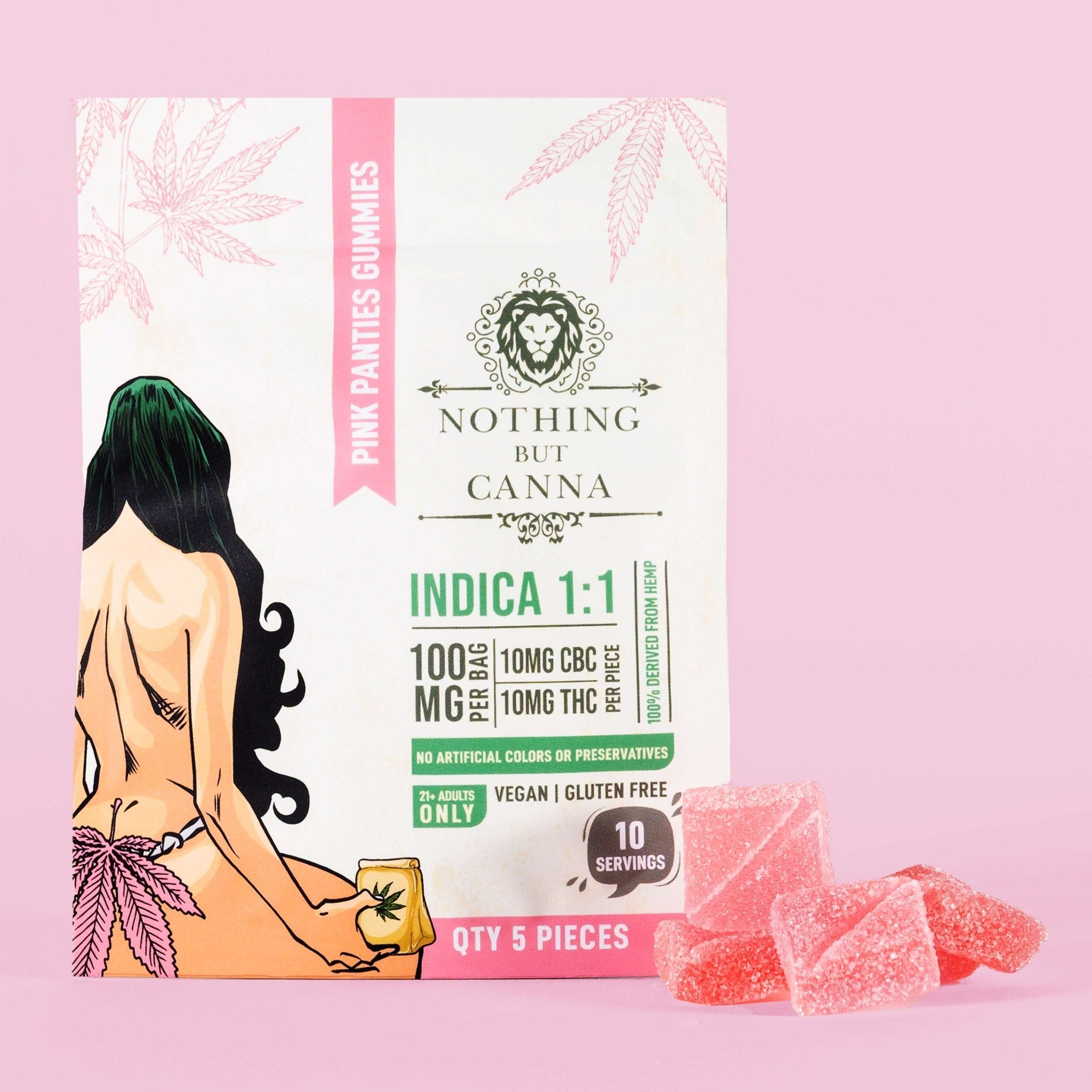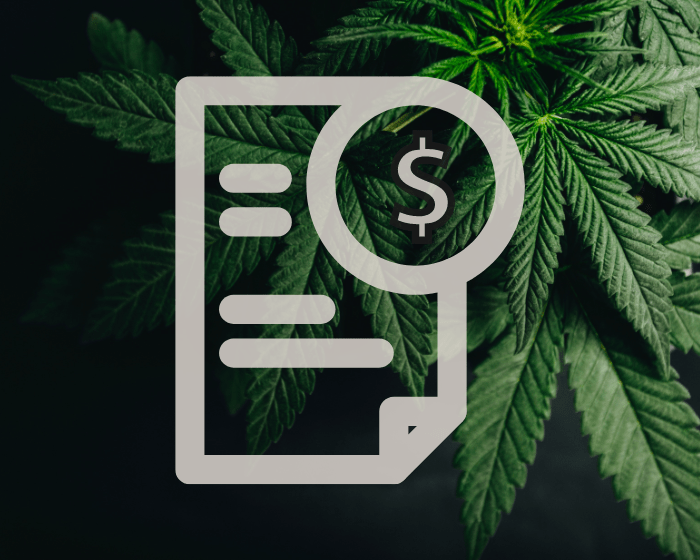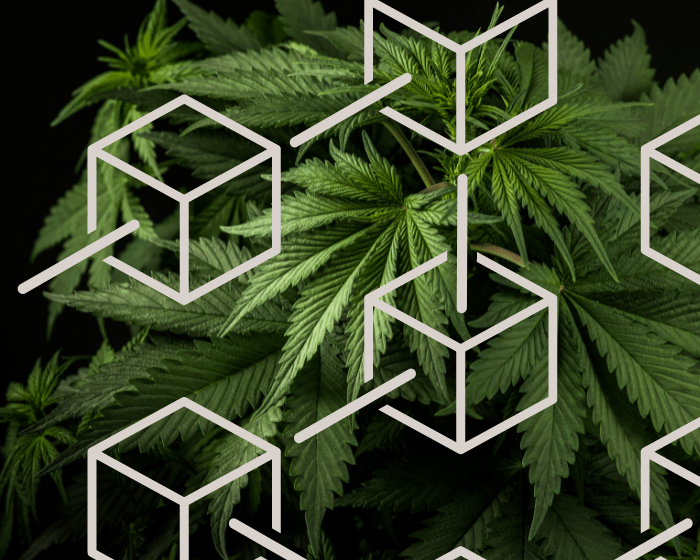
When they legalized hemp in 2019, Texas legislators thought the crop represented an exciting opportunity for farmers. But farmers are losing interest, reports the Texas Tribune — especially this growing season, which has brought little rainfall.
“Those who invested have yet to see returns and say hemp, like other crops, is struggling across the state during one of the driest years on record,” Sneha Dey wrote for the Tribune. “Farmers across Texas are having to cut their losses by abandoning failing crops to save valuable resources.”
“The interest is not there with farmers,” said Kyle Bingham, the president of the Texas Hemp Growers Association, told the Tribune. “They do not want to waste time, money, land or anything on hemp right now.
More than three-quarters of the state experiencing drought this summer, according to the U.S. Drought Monitor. And Texas farmers are reporting a 68 percent decline in yields, according to a summer survey by the American Farm Bureau Federation.
“To say this is a drought-tolerant crop is not accurate,” added Bingham, who grows industrial hemp and grapes at his vineyard. “We can grow dryland cotton on a year like this when you never have any success with the dryland hemp crop.”
“We can grow dryland cotton on a year like this when you never have any success with the dryland hemp crop.”
— Kyle Bingham, President of the Texas Hemp Growers Association, as quoted in the Texas Tribune
The idea that hemp is drought resistant was based on trials in Kentucky and Colorado, according to Ilissa Nolan, executive director of Texas Hemp Coalition.
“In that first growing season in 2020, a lot of our farmers, especially the ones growing outdoors, are the ones who noticed how much water it really took for these plants to really thrive,” Nolan told the Tribune. “Especially when this is the type of plant that’s grown more so in the summer months where it’s just ridiculously hot in our state.”
Some Remain Hopeful for the Future of Hemp in Texas
Other producers, along with researchers and geneticists, continue to say hemp is the future of the state’s agriculture industry, reports Texas Monthly.
Some of that optimism might have to do with location. Lucas Evans is a hemp farmer in Taylor, which sits in east-central Texas.
“It’s really in the perfect part of Texas, just northeast of Austin,” Evans told Texas Monthly reporter Kasi Martin. “It gets as much rain as Seattle, has deep rich ‘Houston gumbo’ soil, and access to railroads.”
In contrast, near the southernmost tip of Texas, where John Bradley grows hemp, the soil is silty. Bradley told Martin that perfecting the genetics of the crop was crucial.
Aruna Weerasooriya, chair of the Plant & Environmental Sciences Department at Prairie View A&M University, also emphasized the need to tweak strains for the climate.
“We have subtropical conditions. I’m certain we can have a stable crop, but we need to do more research,” he said.
“We have subtropical conditions. I’m certain we can have a stable crop, but we need to do more research.”
— Aruna Weerasooriya, Chair of the Plant & Environmental Sciences Department, Prairie View A&M University
Another professor, Calvin Trostle of Texas A&M’s Department of Soil and Crop Sciences, emphasized finding the right niche for Texas farmers. He noted that hemp grown for fiber could be better suited to a cooler climate, where it might grow shorter. (As hemp plants grow, their fibers thicken, resulting in a courser finished products.)
Summer Haeske, cofounder of the hemp textile company EnviroTextiles, and Barbara Filippone, a textile engineer who was involved in perfecting Chinese hemp fabrics, also emphasized finding the right niche. They told Texas Monthly that American growers should start with seed and grain because they require less infrastructure than fiber.
One thing everyone seems to agree on? Texas isn’t quite there yet.




